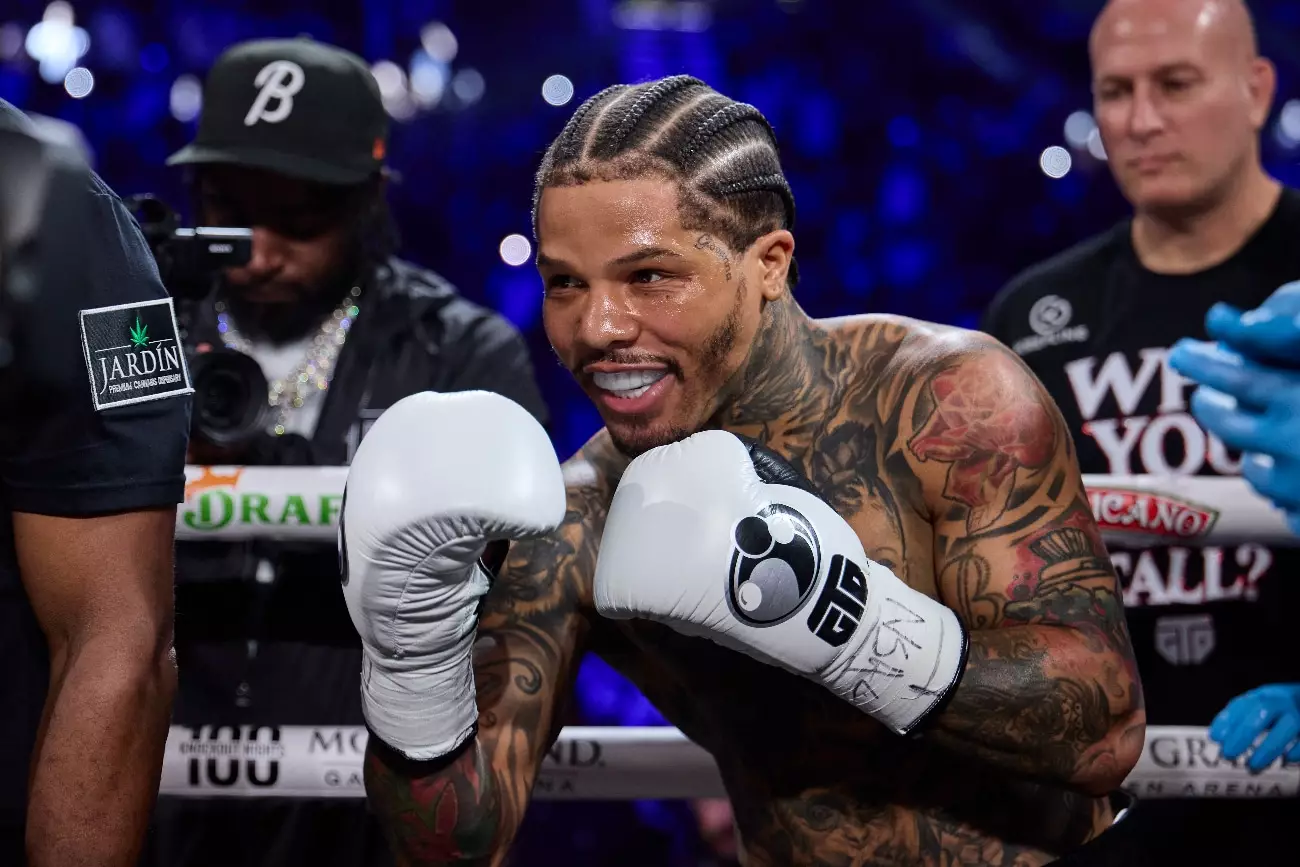In the ever-evolving landscape of professional boxing, social media has emerged as a critical platform for athletes to establish their presence, spur fan engagement, and promote their fights. Recently, the intersection of ambition and marketing savvy was vividly illustrated by lightweight prospect Keyshawn Davis and the undefeated champion Gervonta “Tank” Davis. As Keyshawn geared up for his upcoming match against Gustavo Lemos, he turned to social media, specifically X, to trash-talk and generate buzz around his fight. This tactical maneuver raises questions about the authenticity of his claims and the motivations behind his public jabs at Tank.
Keyshawn’s Strategy: Clout or Confidence?
On the surface, Keyshawn’s relentless pursuit of Tank’s attention appears to be a bold statement of confidence. With an impressive record of 11 wins, including 7 KOs, the 25-year-old boxer is undoubtedly a rising star. However, the choice to target a figure like Gervonta Davis, who boasts a staggering 30-0 record and is widely recognized as one of the elite in the sport, suggests that Keyshawn’s strategy may be more about leveraging Tank’s star power than an earnest belief in his own capabilities.
Despite his claims that he could supplant Tank as the premier fighter in the lightweight category, Keyshawn’s current trajectory and opponent selection call this assertion into question. Many observers see his continual mention of Tank not as a battle challenge but rather a clamor for relevance. If Keyshawn were to be matched against higher-caliber opponents like Andy Cruz or Raymond Muratalla—names that bolster profiles—one might argue that he wouldn’t need to clamor for attention through social media provocations. It begs the question: is Keyshawn genuinely eager to fight Tank, or is he simply using his name to attract fans leading up to his own bout?
The Question of Authenticity and Marketability
In an age where marketability often eclipses authenticity, the spectacle of trash-talking can often lead to more questions than it answers. For instance, Gervonta Davis’s playful engagement on social media can’t help but shape public perception, breathing life into Keyshawn’s upcoming fight when interest may otherwise be tepid. Yet, relying on Tank to elevate one’s own status implies a certain vulnerability. Keyshawn’s inability to captivate interest solely on the merits of his fighting prowess could be interpreted as a strategic misstep.
Moreover, it is important to consider the sustainability of such tactics. As Keyshawn continues to face opponents perceived as lower-tier, his persistent focus on Tank may ultimately hinder his reputation rather than enhance it. Over time, consistent clashes with lesser known fighters could diminish any credibility generated through the spotlight of social media pressure.
The ongoing saga between Gervonta Davis and Keyshawn Davis exemplifies the complexities in modern sports marketing and the ways in which social media can be utilized for self-promotion. While Keyshawn’s approach may seem effective in the short term, relying on the clout of an established champion poses risks that could undermine his own legacy. As he prepares for his match against Lemos, the boxing world will keenly observe whether he can convert social media buzz into tangible success within the ring. Ultimately, true greatness will require more than just a series of tweets; it demands the ability to consistently perform against top-level competition.

